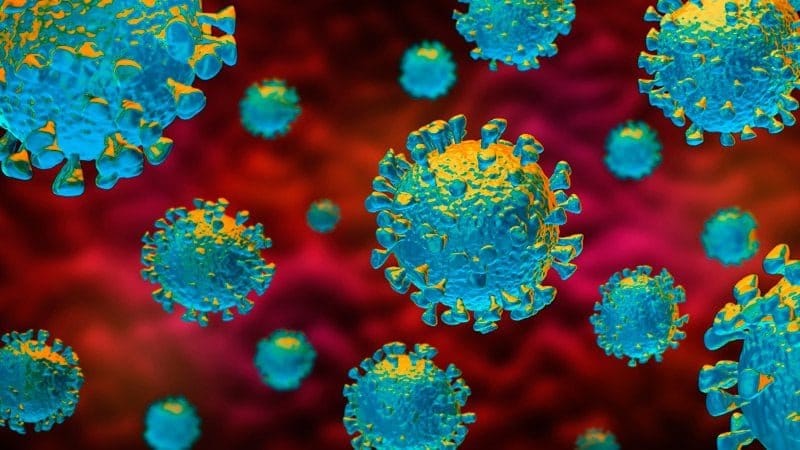Editor’s note: Find the latest COVID-19 news and guidance in Medscape’s Coronavirus Resource Center.
About 30% of COVID-19 patients developed the condition known as long COVID, UCLA researchers said in a study published in the Journal of General Internal Medicine.
The UCLA researchers studied 1,038 people enrolled in the UCLA COVID Ambulatory Program between April 2020 and February 2021. Researchers found that 309 of them developed long COVID.
A long COVID diagnosis came if a patient answering a questionnaire reported persistent symptoms 60-90 days after they were infected or hospitalized. The most persistent symptoms were fatigue (31%) and shortness of breath (15%) in hospitalized participants. Among outpatients, 16% reported losing sense of smell.
The study’s findings differ from earlier research. The University of California-Davis, for example, estimated that 10% of COVID-19 patients develop long-haul symptoms. A 2021 study from Penn State University found that more than half of worldwide COVID-19 patients would develop long COVID.
Part of the discrepancy can blamed on the fact there is no official, widely accepted definition of long COVID. The CDC has said it means patients who experience “new, returning, or ongoing health problems 4 or more weeks after an initial infection” the coronavirus. The UCLA study, meanwhile, included patients still having symptoms 60 to 90 days after infection.
Still, the UCLA research team looked at demographics and clinical characteristics in an attempt to develop effective treatments.
People with a history of hospitalization, diabetes, and higher body mass index were most likely to develop long COVID, researchers said. The kind of insurance the patients had also seemed to be a factor, though the researchers didn’t offer a reason why.
“Surprisingly, patients with commercial insurance had double the likelihood of developing [long COVID] compared to patients with Medicaid,” according to the study. “This association will be important to explore further to understand if insurance status in this group is representing unmeasured demographic factors or exposures.”
Older age, and socioeconomic status were not associated with long COVID in the study — a surprise because those characteristics are often linked with severe illness and higher risk of death from COVID-19, UCLA said.
Weaknesses in the study include the subjective nature of how patients rated their symptoms and the limited number of symptoms evaluated, UCLA said.
“This study illustrates the need to follow diverse patient populations … to understand the long COVID disease trajectory and evaluate how individual factors such as pre-existing co-morbidities, sociodemographic factors, vaccination status and virus variant type affect type and persistence of long COVID symptoms,” said Sun Yoo, MD, health sciences assistant clinical professor at the UCLA school of medicine.
Sources
Journal of General Internal Medicine: “Factors Associated with Post-Acute Sequelae of SARS-CoV-2 (PASC) After Diagnosis of Symptomatic COVID-19 in the Inpatient and Outpatient Setting in a Diverse Cohort.”
UCLA: “About 30% of COVID patients develop “Long COVID,” UCLA research finds.”
Government Accountability Office: “Science & Tech Spotlight: Long COVID.”
Penn State University: “How many people get ‘long COVID?’ More than half, researchers find.”
University of California-Davis: “Long COVID: Some COVID-19 symptoms last for months.”
Source: Read Full Article
